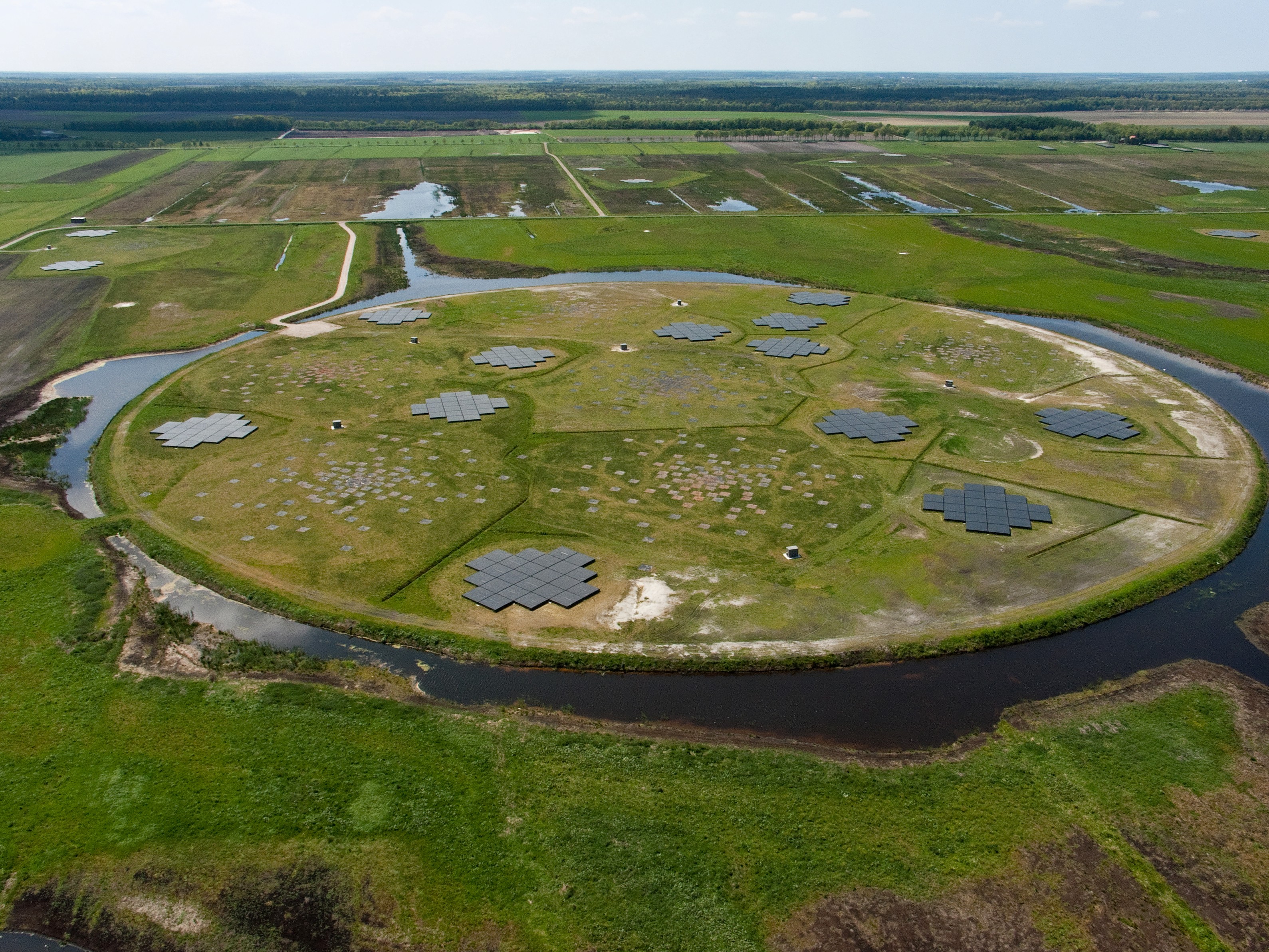Pulsars at LOFAR
The LOw Frequency ARray (LOFAR) is a new-generation radio interferometer based in the north of the Netherlands with further stations across Europe. It will operate in the relatively unexplored frequency range 30-240 MHz. With its dense core and long baselines, LOFAR has unparalleled sensitivity and angular resolution in the low-frequency radio regime. LOFAR's capabilities make it an important pathfinder to the Square Kilometer Array (SKA).
LOFAR consists of 1000's of antenna grouped into stations across a large area thus creating the perfect tool for pulsar surveys. During the comissioning stages of LOFAR, 2 new pulsar discoveries were made leading to a full Northern sky survey. The LOFAR Tied-Array All Sky Survey(LOTAAS) began taking data 01 December 2012 and as of March 2014 has sparsely covered one third of the sky. The survey is expected to uncover over 1,000 pulsars in the Northern sky which will add significantly to the Galactic pulsar catalogue. More detail about the LOFAR pulsar survey can be found in this paper.

Aerial photograph of the LOFAR core.
Copyright: ASTRON
The new increased sample of pulsars will add many new lines of sight through the Galaxy, which will be valuable for studying the ISM and Galactic magnetic field using dispersion and rotation measures. The newly discovered population will also be useful for studying pulsar birth rates, the velocities and distributions of pulsars and core collapse physics. It is also likely that several interesting new objects will be found, perhaps even the first pulsar-black hole binary which could be used to test General Relativity.
LOFAR will also be able to utilise long baselines (~100 km) in order to perform deep surveys with very high resolution. By looking at other galaxies with long integration times, it is likely that LOFAR will detect the first pulsar from another galaxy.
By: Sally Cooper (JBCA)



